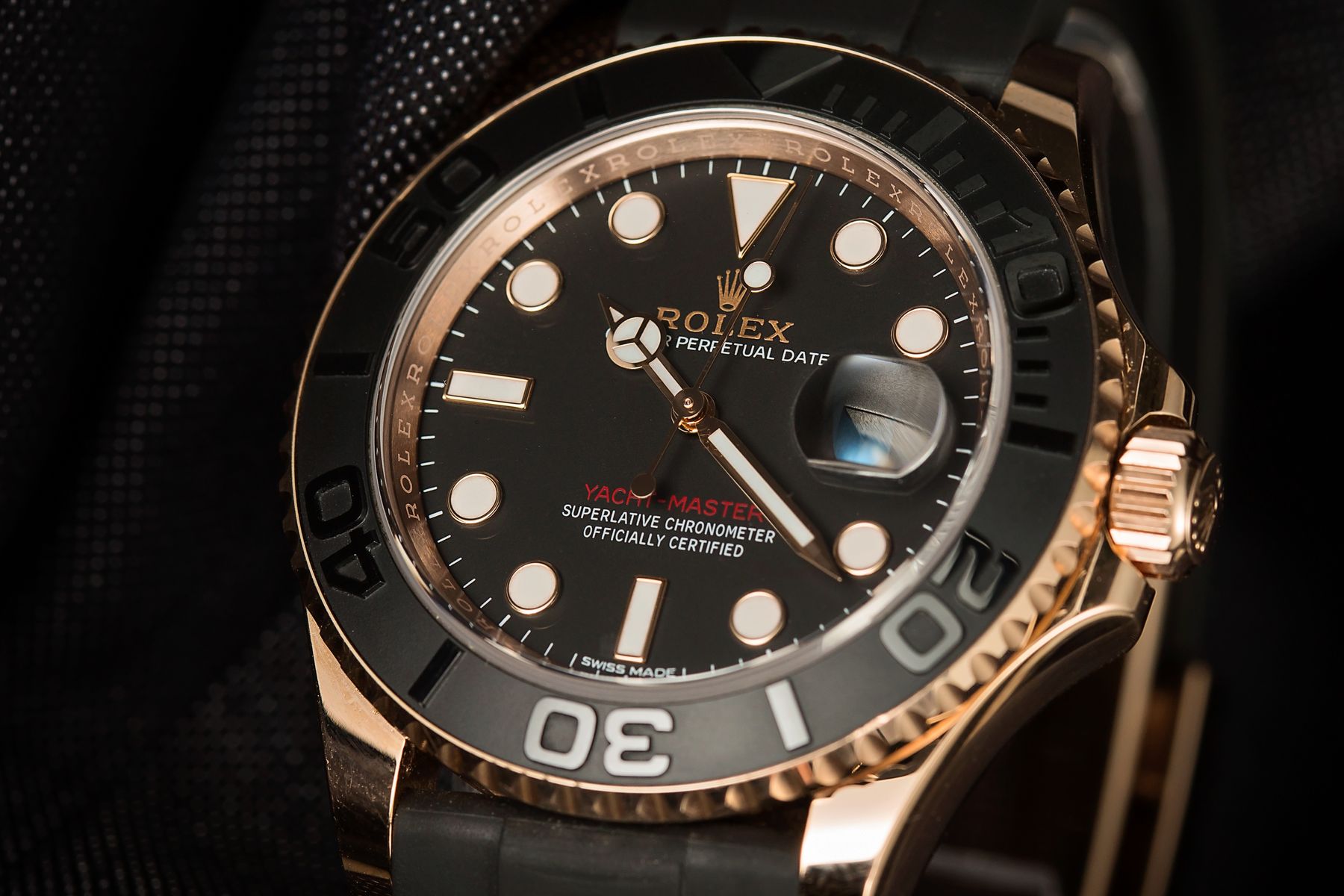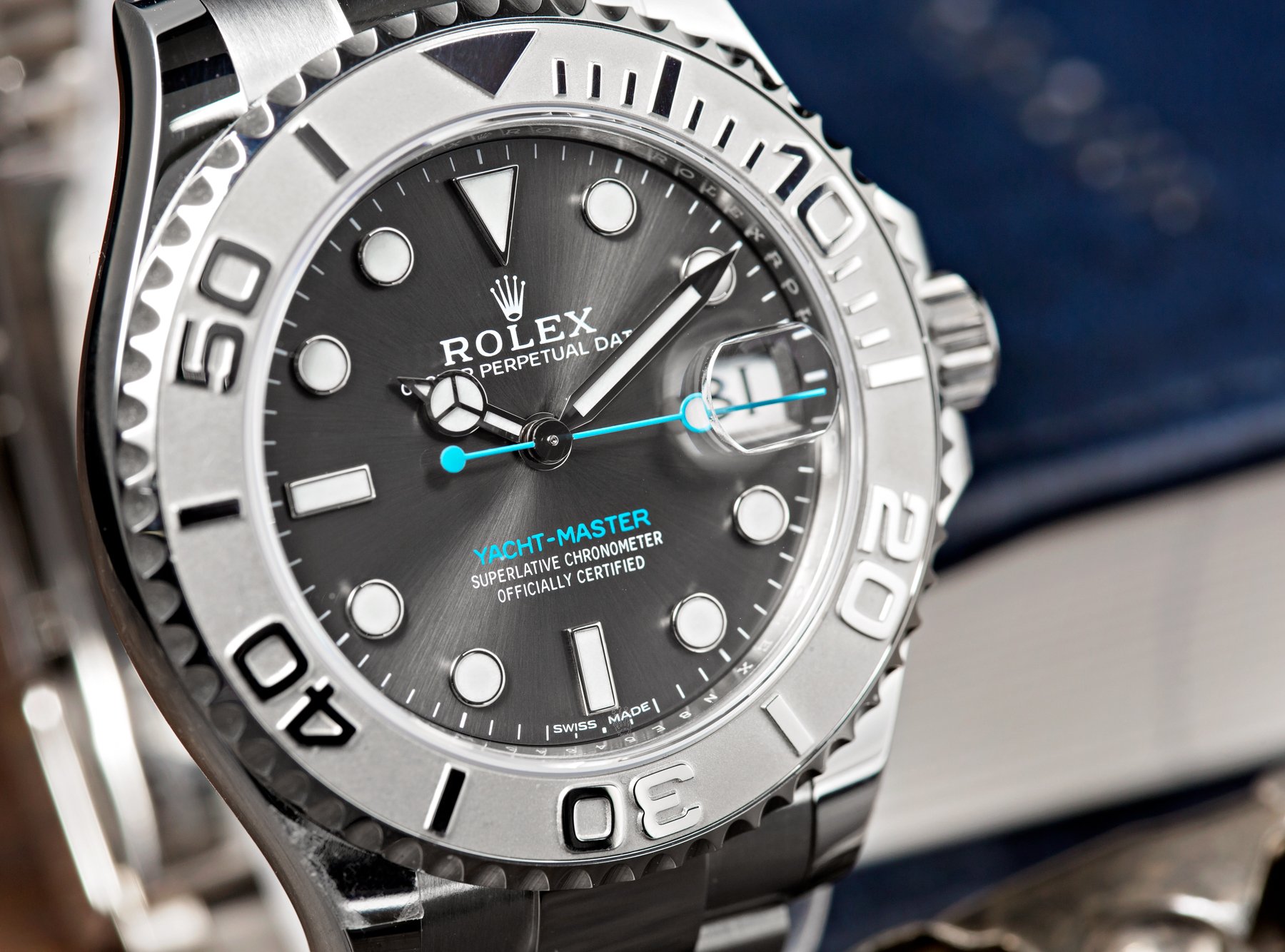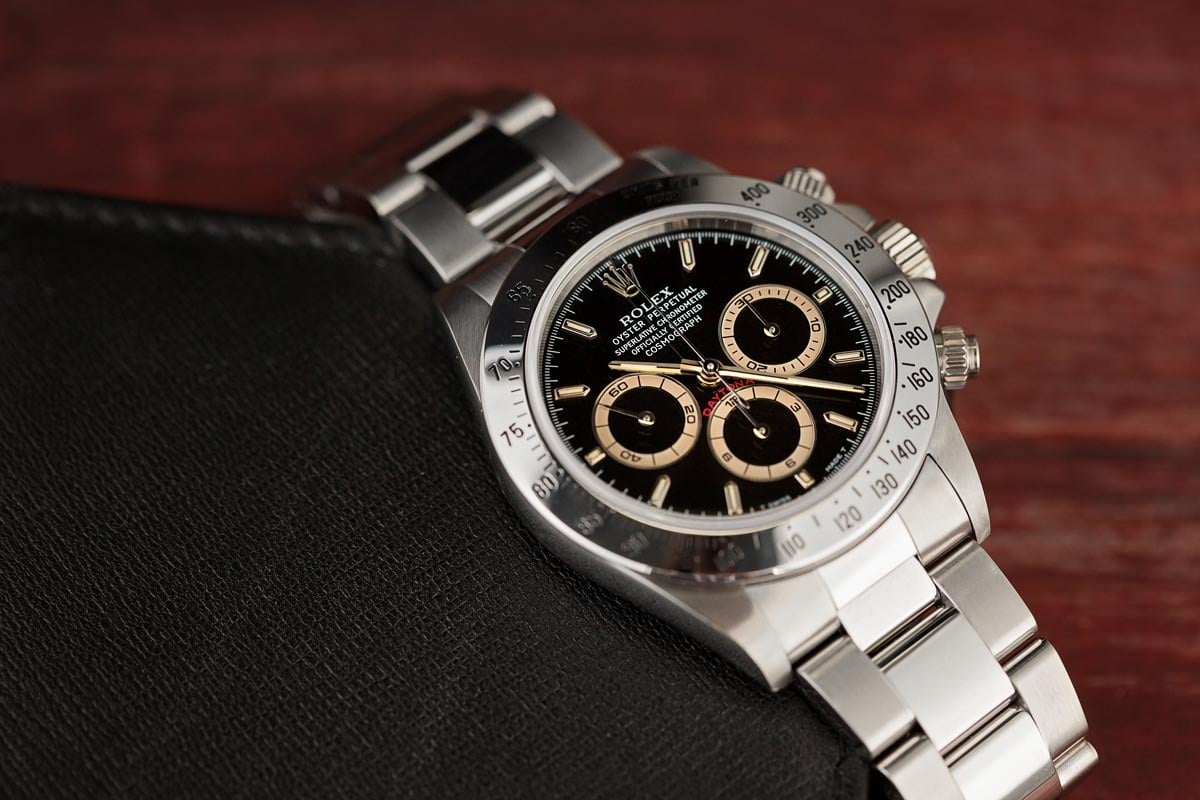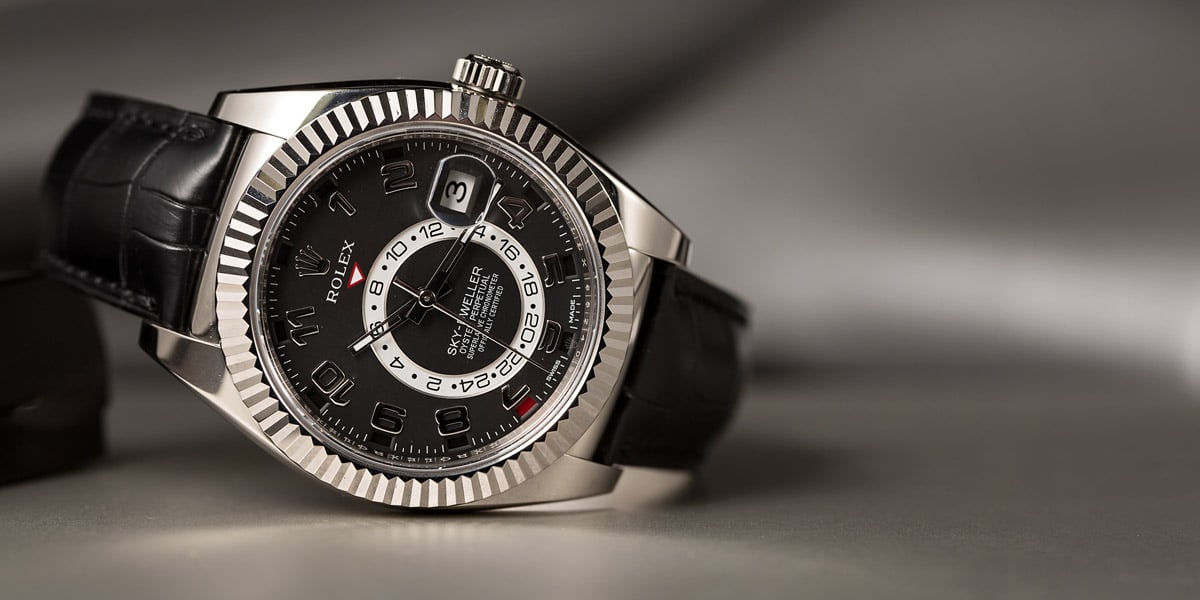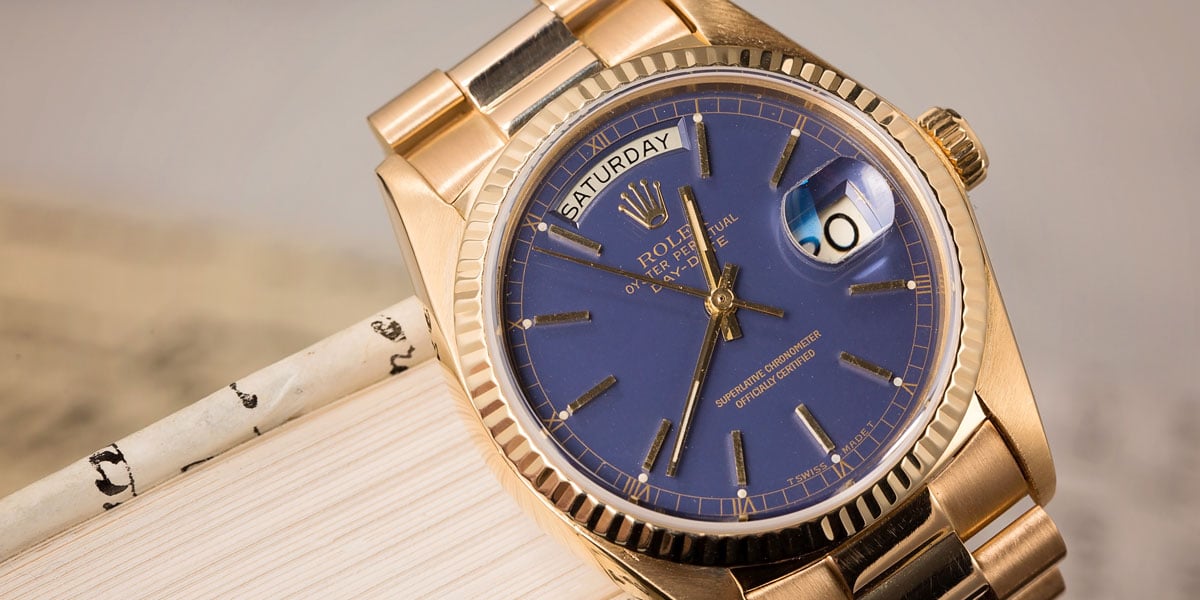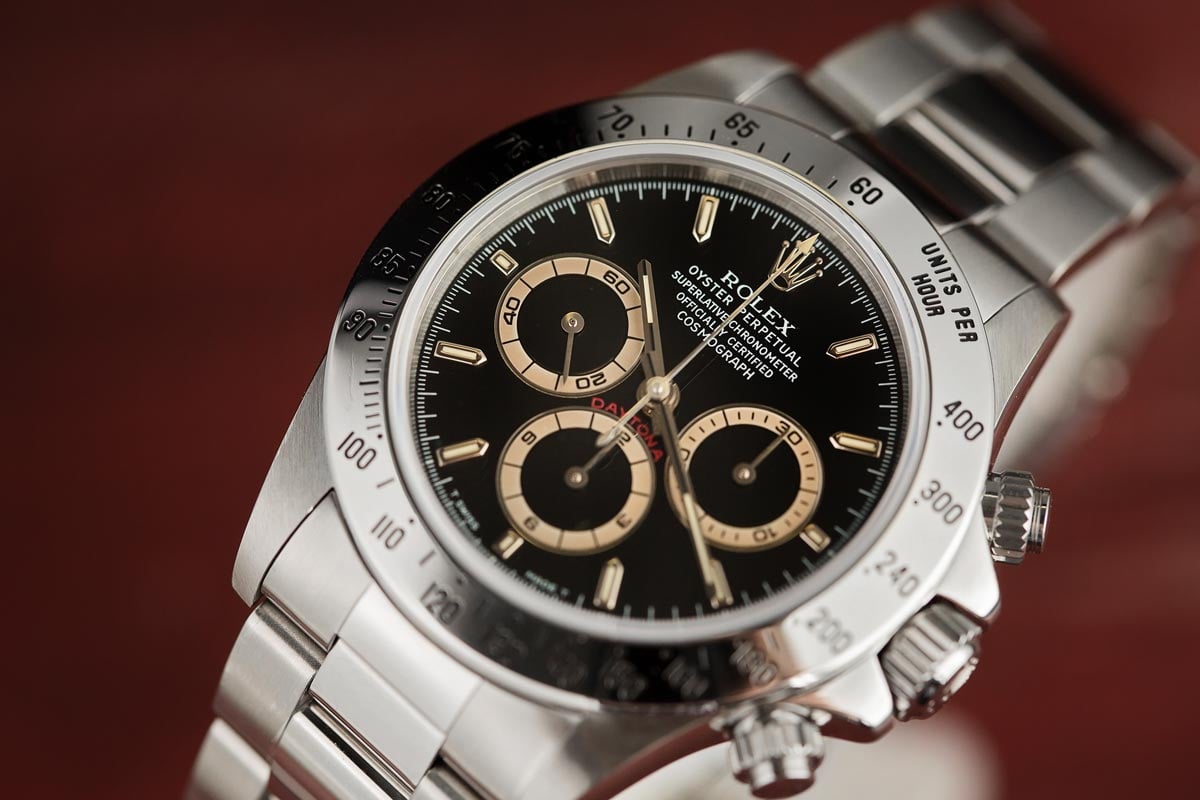When Rolex developed the Yacht-Master in 1992, the company sought to create a top-shelf version of the Submariner diver’s watch. Rumor has it that Rolex wasn’t quite brave enough to make any drastic changes to the design of the iconic Submariner itself, resulting in the Rolex Yacht-Master being added to the catalog as a separate model.
Both watches may look similar with the use of a dial topped with lume, a robust Oyster case, and a timing bezel, but they serve two very different functions. With a build similar to the Submariner, you can expect some of the Yacht-Master’s key functions to operate in the same way. However, while the Submariner is meant for use far below the surface of the ocean, the Yacht-Master is better suited for the decks of a yacht. Since its release over 20 years ago, the Rolex Yacht-Master has become a highly sought-after timepiece, thanks to a blend of bold aesthetics, quality craftsmanship, premium materials, and plenty of variety.
Getting back to the Yacht-Master’s status as a sports watch as well as a boating watch, the bezel’s primary function is to measure amounts of time while at sea, as well as sync with race start times during a regatta. Read on to find out how to use the Rolex Yacht-Master bezel – whether you’re sailing or not.
About the Rolex Yacht-Master
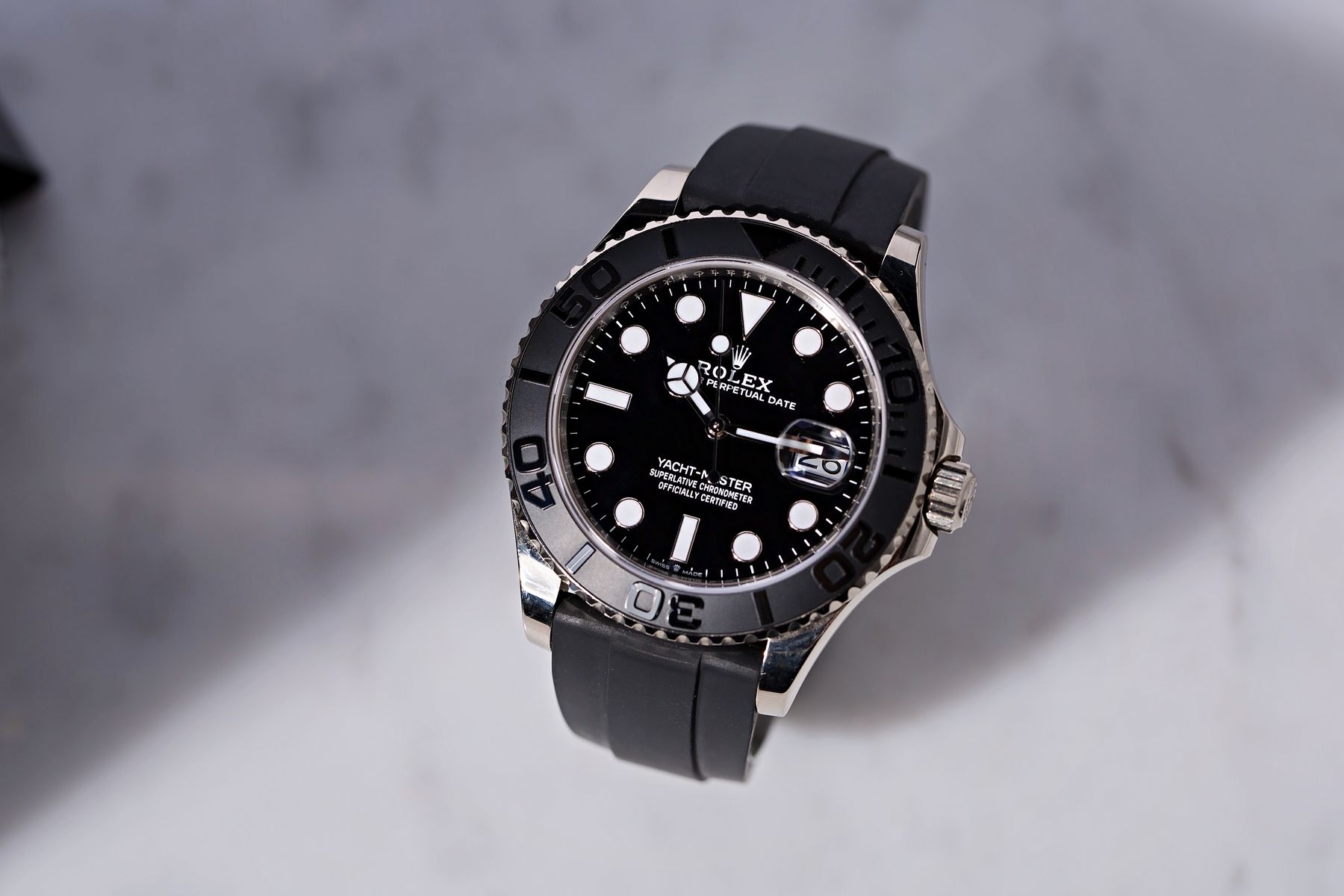
Current Rolex Yacht-Master Collection Key Features:
- Reference Numbers: 226659, 226658, 126655, 126622, 126621, 268621, 268622, 268655
- Year of Introduction: 1992
- Case Sizes: 37mm, 40mm 42mm
- Materials: White Gold, Yellow Gold, Everose Gold, Everose Rolesor (Steel/Everose Gold), Rolesium (Steel/Platinum)
- Functions: Time w/ Running Seconds, Date Display, 60-Minute Timing Bezel
- Dial: Multiple Options Available
- Bezel: Bidirectional rotating; Cerachrom, Platinum, Everose Gold w/ 60-Minute Scale
- Crystal: Sapphire (Flat w/ Cyclops Lens)
- Movement: Rolex Caliber 2236 or Caliber 3235 (Self-Winding)
- Water Resistance: 100 Meters / 330 Feet
- Strap/Bracelet: Oyster Bracelet, Oysterflex Bracelet
Click here for our Ultimate Buying Guide in the Rolex Yacht-Master.
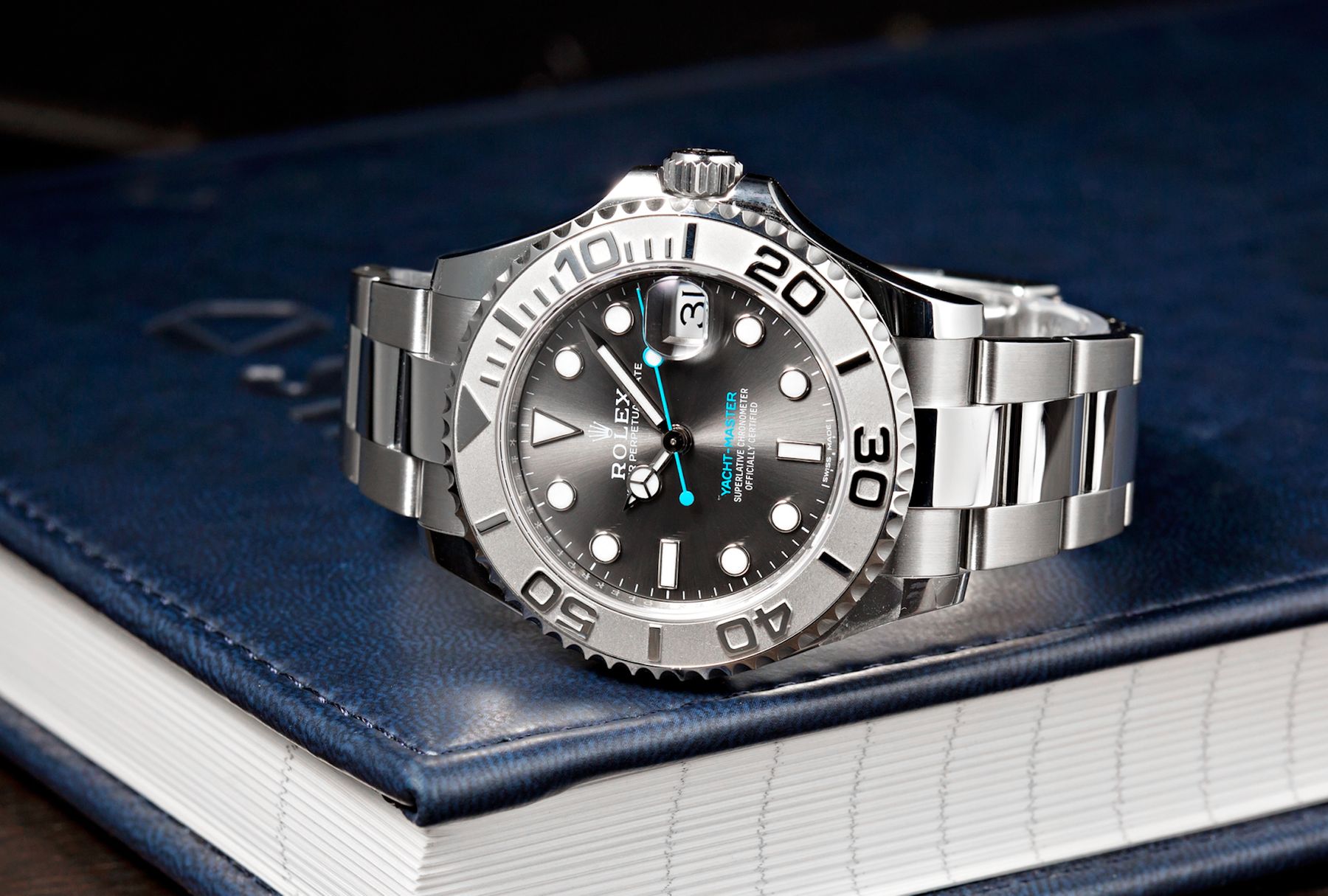
Rolex Yacht-Master as a Tool Watch
As its name would suggest, the Rolex Yacht-Master was developed as a tool-watch for sailing, offering water-resistance up to 100 meters (330 feet) via a Triplock screw-down crown, a highly legible dial, and a bidirectional rotating timing bezel. It’s worth noting that the Yacht-Master was initially only offered in an all-gold finish, with more affordable two-tone options hitting the market in the subsequent years.
Today, the Yacht-Master is the most varied Rolex sports watch collection, available in several sizes, materials, and colorways. Tapered lugs complement the luxurious style of the bezel, which features a matte finish with glossy raised numerals. This gives the Rolex Yacht-Master a refined appearance that stands apart from the more tool-oriented Submariner.
Depending on the reference, the Rolex Yacht-Master bezel is either crafted from sandblasted precious metals or matte black Cerachrom ceramic. The 60-minute timing bezels of the Yacht-Master are distinguished by raised markings, which include numerals and batons. Unlike the unidirectional bezel of the Submariner, the timing bezel on the Yacht-Master is capable of rotating both ways.
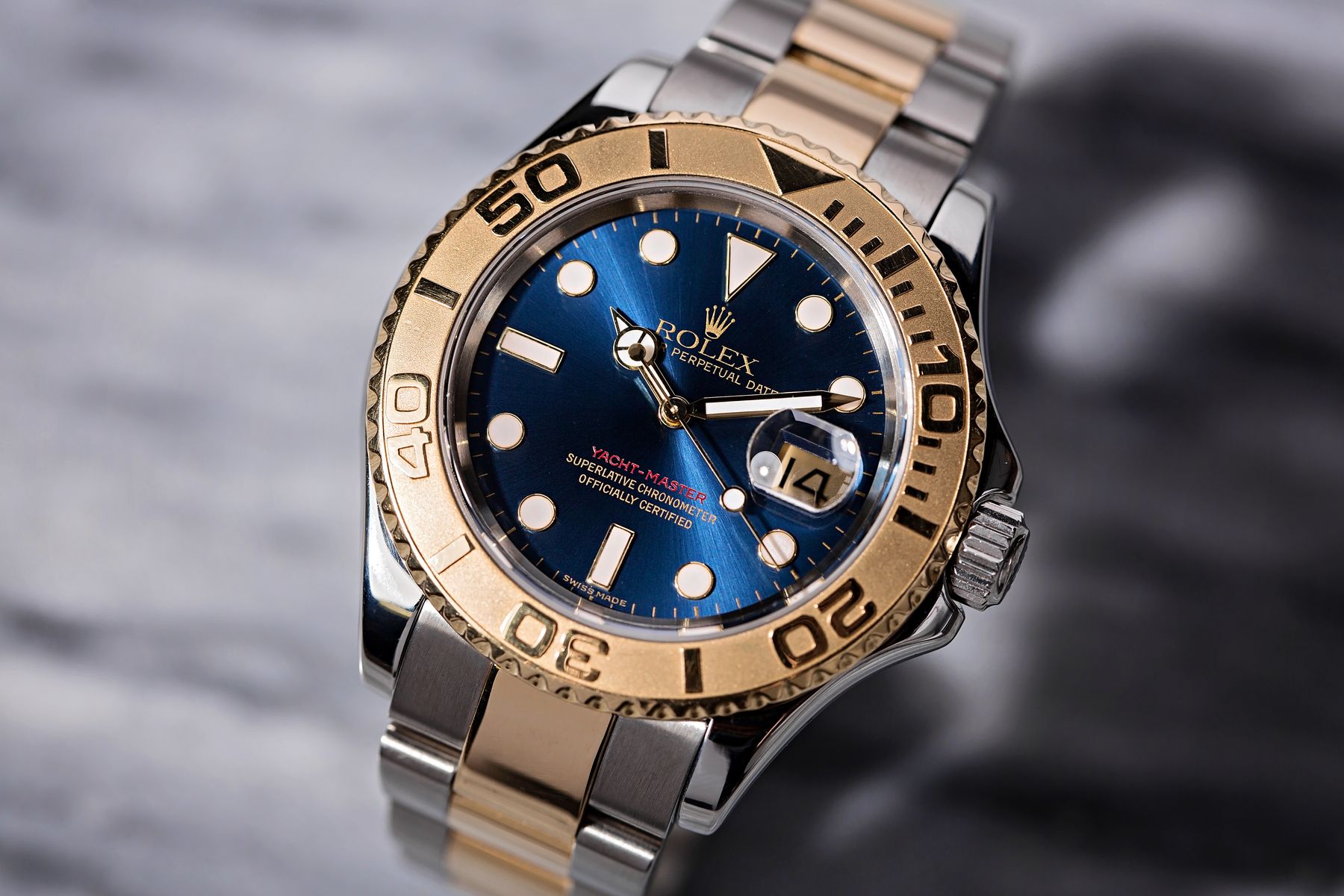
How to Use the Yacht-Master Bezel to Sync with Regatta Start Times
A regatta is a sporting event involving a series of yacht races, and the races have timed starting sequences. Boats have to sail back and forth behind the starting line during the countdown sequence without crossing the line too early (an early start leads to a penalty). Therefore, the Yacht-Master bezel can be used to sync with the official countdown to the race start time. Consequently, it’s especially beneficial that the Rolex Yacht-Master bezel has graduations for the first 10 minutes.
To operate the bezel on the Rolex Yacht-Master, all the user needs to do is simply align the zero position on the bezel (the inverted triangle) with the minute hand, then use the 10-minute hashes to count down to the race start time. For instance, if the countdown is three minutes, then the user has to start when the minute hand reaches the third graduation on the bezel.
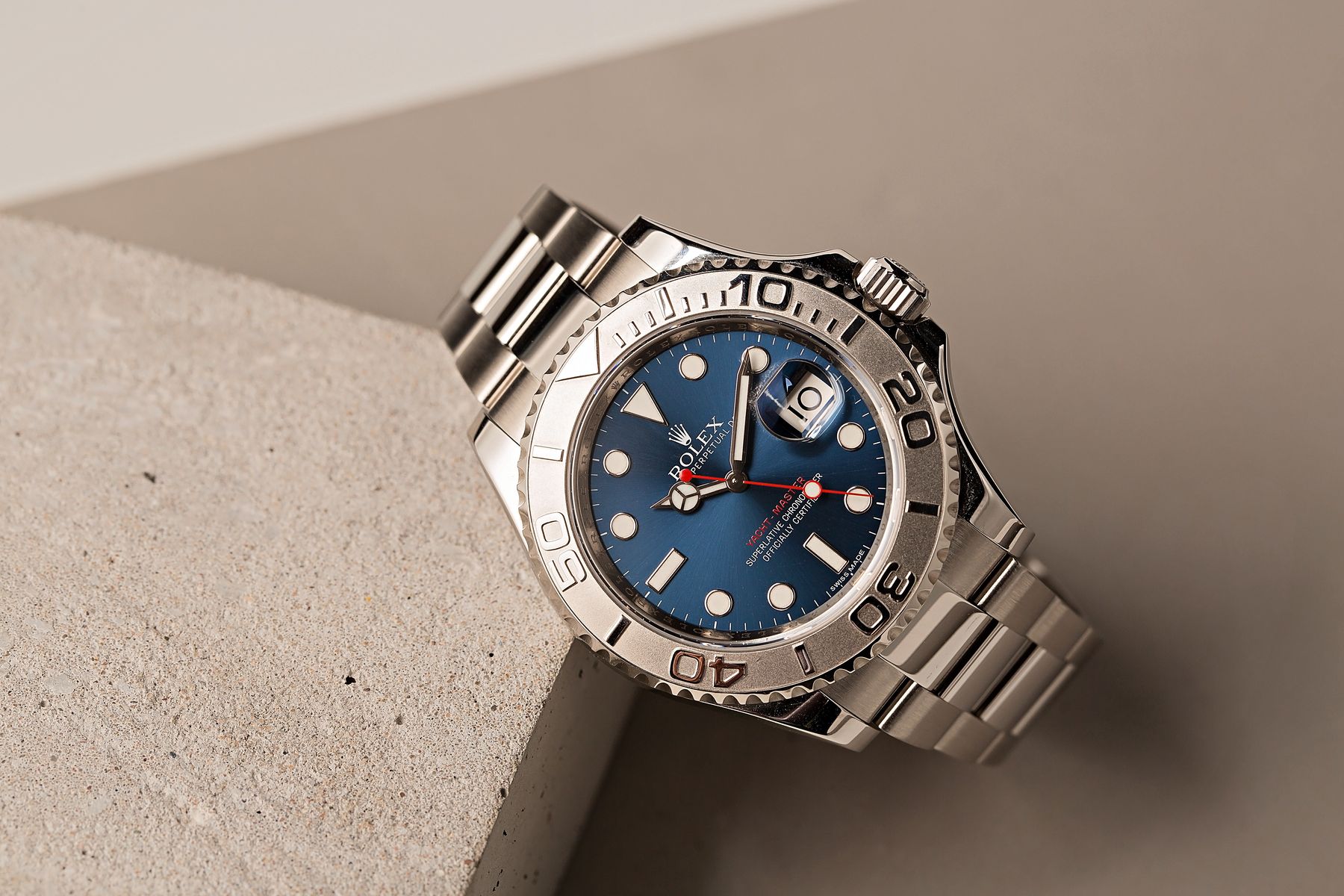
How to Use the Yacht-Master Bezel to Measure Elapsed Time
Measuring elapsed time with the Yacht-Master bezel is pretty straightforward up to 60 minutes. This would come in handy to calculate the sailing time between two buoys. To start, rotate the bezel in either direction to sync the zero market with the minute hand. Once finished, the minute hand will point to the amount of time that has passed against the 60-minute scale on the bezel.
For example, if it is 10:21 at the start of an event, rotate the bezel until the zero position lines up with the minute hand at the 21st minute. Once the event is over, look at where the minute hand points to on the bezel and it will tell you how many minutes have passed. For instance, if the minute hand points to 35 on the bezel, 35 minutes have elapsed since the timer started.
Although these options are useful while sailing, many of us won’t have this need in our everyday lives, as sailing is a niche sport. Thankfully, the Rolex Yacht-Master’s timing capabilities can be used for any event, be it another type of race, or even to time something as quotidian as keeping track of the time left on a parking meter or boiling an egg on the stove!
